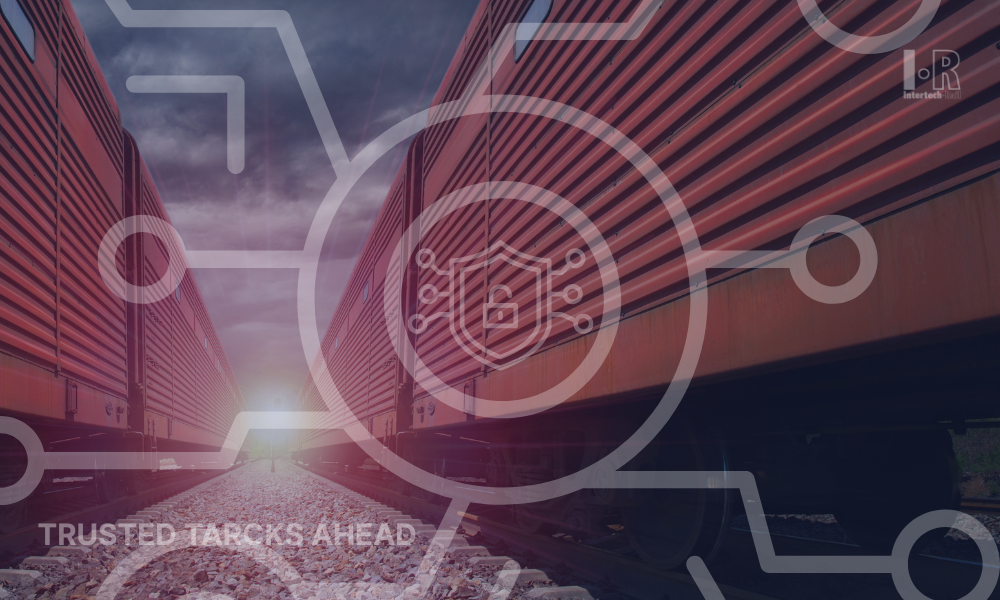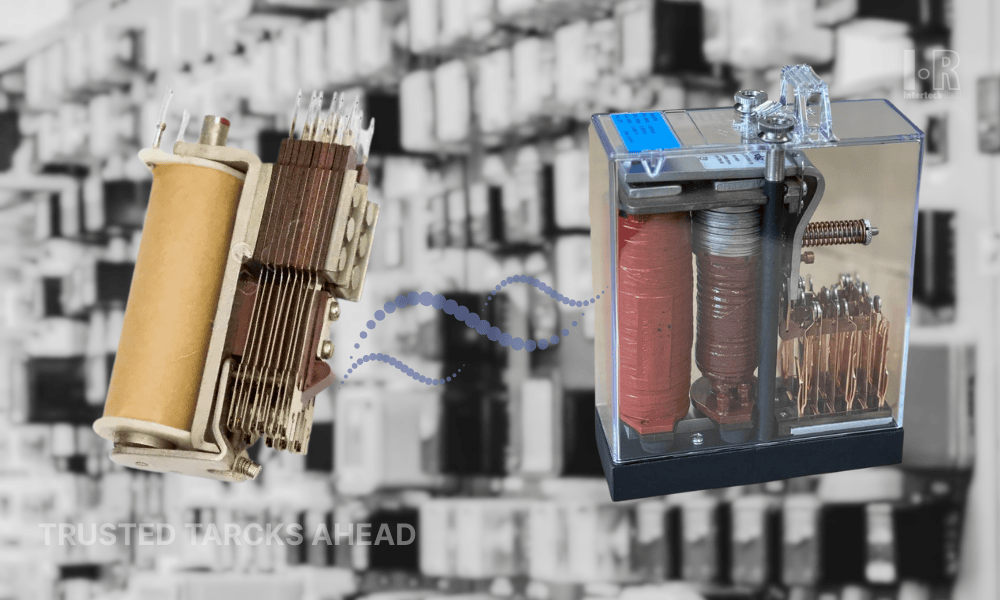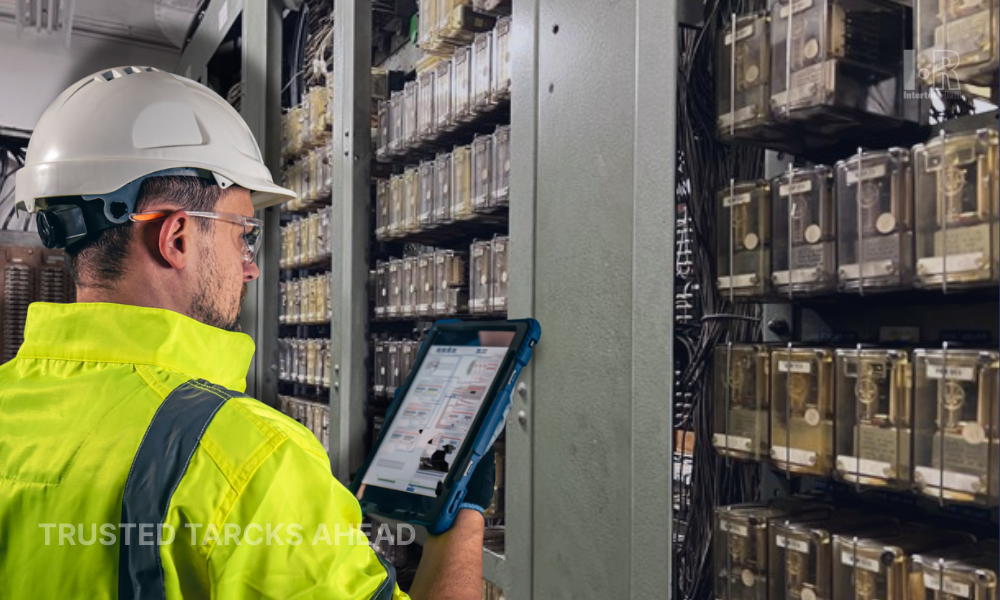Railway Cybersecurity
Railway Cybersecurity

In today's rail industry, technology runs deep beneath the surface. From signal relays to onboard diagnostics, what once operated in isolation now depends heavily on digital systems. And with that shift comes a new layer of vulnerability: cybersecurity.
The idea of a hacked train may have sounded far-fetched a decade ago. Not anymore.
Modern railway infrastructure
increasingly resembles a complex network of sensors, data pipelines, and control algorithms and systems that can be targeted just like any other critical infrastructure. The threat isn't theoretical; it's already here.
The Hidden Doors into Rail Systems
Unlike traditional IT systems, rail operations blend physical equipment with software that often runs continuously, sometimes on legacy platforms. That makes patching and updating more complicated and more important.
We've seen cases where attackers gained access through unsecured wireless networks or exploited outdated software in control boxes. These aren't isolated incidents. They're reminders of how railway cyber attacks
can originate from surprisingly mundane oversights.
Threats typically come in through:
- Remote access points without strong authentication,
- Supply chain vulnerabilities (think: a compromised firmware update),
- Mobile devices are used by maintenance crews, and
- Control interfaces that were never designed with cyber risk in mind.
Many of these interfaces still rely on legacy relay technologies, which were built for reliability but not for digital threats. We explore this further in our article on Railway Relays: Types and Functions.
Standards Help-But Implementation Matters More
While certifications like ISO/IEC 27001 offer valuable structure, real protection depends on how those standards are put into practice. A checklist isn't enough when the risk involves real-world safety.
Some operators have embraced this mindset early. They enforce multi-layered defenses-like strict MFA, encrypted data flows, limited administrator roles, and proactive vulnerability scanning. What sets them apart isn't just technology-it's consistency.
Building Security into the Blueprint
There's a growing shift toward integrating cybersecurity into rail systems from the start, not as an add-on. Take IntertechRail, for example. While the company hasn't pursued certifications like SOC 2 or CCPA, it's adopted strong internal practices: hosting data exclusively in Azure, applying monthly patches, and using only approved apps on mobile devices.
They've also implemented automatic session timeouts, layered backups, and instant access revocation if a device is lost. It's a
quiet but deliberate approach, built around resilience rather than optics.
This kind of culture tends to show up in the small things: how teams respond to minor alerts, or how quickly a test patch gets pushed. Over time, that discipline builds trust into the system.





